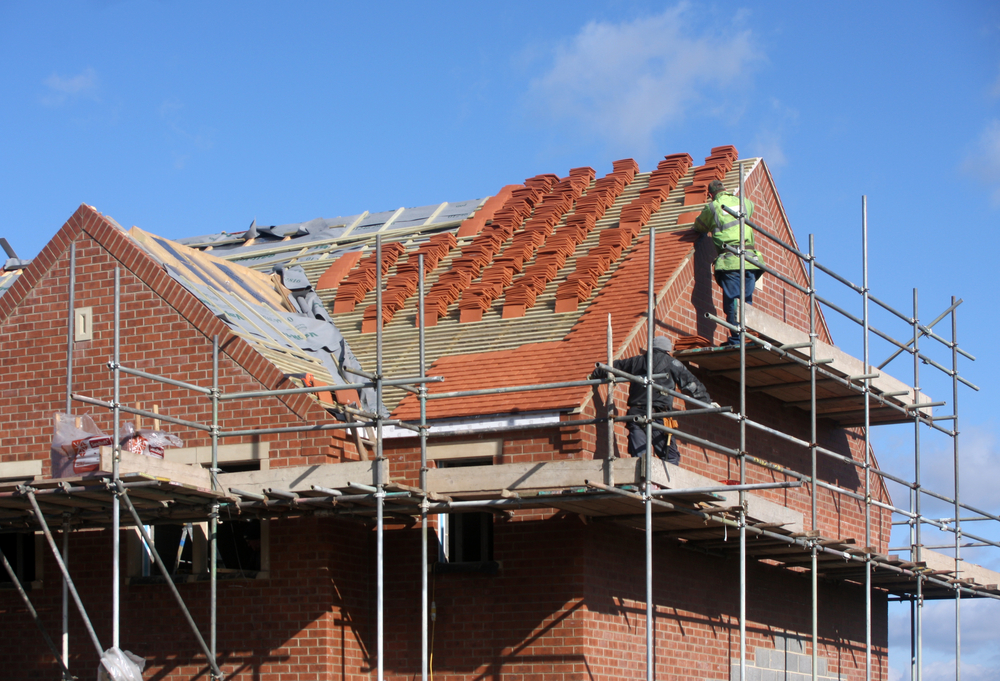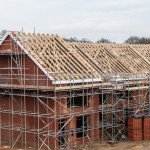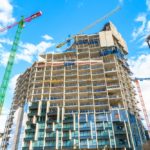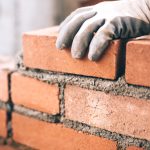News - Construction News
Housing slumps to two-year low as slowdown continues

Housing activity has registered a fall for the first time in two years as construction activity continues to in June.
Data from the latest S&P Global / CIPS UK Construction PMI® signals a loss of momentum for the industry with the weakest expansion of activity for nine months. Figures show industry activity at 52.6 – a sharp decrease from 56.4 in May.
Although figures remain in the plus 50.0 growth category, the latest data shows the slowest rate of expansion since September 2021, with only a moderate increase in output.
These latest figures, plus current economic conditions, have led to a sharp decline in business expectations for the year ahead, with companies the least upbeat about prospects since early in the pandemic (June 2020) as new orders increased to the smallest extent since October.
Economic uncertainity
Respondents to the survey noted that there was a lack of new work to replace completed projects due to economic uncertainty and inflation concerns.
Surprisingly, housing was the weakest performing area. With figures registering at 49.3 in this sector, this is an overall downturn in activity – the first since May 2020.
Meanwhile, civil engineering was the most resilient sub-sector in June, registering only a slight dip in growth.
Materials cost
Cost of materials, and their supply, has been at the forefront of issues over the past few months, and June’s activity also showed issues. Delivery times have lengthened again and steep rises in costs, as well as delivery, is marked.
Around 71% of the survey panel reported higher purchasing prices in June, while only 1% signalled a reduction.
Business confidence
While the survey reports an overall positive sentiment (36% of construction companies anticipate a rise in business activity, compared to 17% that expect a decline), the degree of optimism signalled was the lowest since July 2020.
Weaker business confidence has now been recorded for five months running, largely reflecting subject growth expectations for the UK economy, alongside uncertainty about the impact of higher interest rates and escalating inflationary pressures.
Challenging year ahead
Duncan Brock, Group Director at the Chartered Institute of Procurement & Supply, said: “Residential building levels fell for the first time since May 2020, and builders are getting an increasingly stark vision of the marketplace they are now operating in as overall activity growth also fell sharply.
“This is in glaring contrast to the pandemic years where the construction sector held up well compared to the other sectors, but the weakest rise in output since September 2021 and the softest increase in new orders since October shows this has now changed. The heightened competition faced for short supply raw materials as well as essential skills for the building trade is squeezing the optimism out of builders with the lowest business expectations since July 2020.
“Returning from pandemic lockdowns has not been easy as builders now face greater affordability challenges not just for staff wages but for the energy-intensive materials needed to deliver the pipelines of construction work they currently have. With a downbeat economic environment, the sector will be fearful about what is round the corner during the rest of this year.”
Gareth Belsham, director of the national property consultancy and surveyors Naismiths, commented: “Each passing month sees the flow of new orders slow further and more warning lights come on.
“Housebuilders, once the poster children of Britain’s post-pandemic construction boom, have been at the back of the class for four months in a row. Housing is now contracting for the first time since the darkest days of the first lockdown in 2020.
“Housebuilding is more directly exposed to consumer confidence than any other construction sector; and it’s clear that some residential developers are easing off the gas pedal in response to the slowing economy and rising cost of mortgages.
“While output is still climbing in infrastructure and commercial property building, the pace is slowing steadily – and overall expansion is now weaker than it has been at any time since last September.
“The first half of 2022 has been challenging to say the least, and with the twin risks of inflation and insolvency looming ever larger, the second half could be even tougher.”
If you would like to read more stories like this, then please click here
Related Articles
More News
- New £39Bn Social and Affordable Homes Programme
14 Jul 25
Hundreds of thousands of social and affordable homes, including 60% for social rent.
- UK Introduces New Trade Measures to Support Steel Sector
11 Jul 25
Steel producers across the UK will benefit from stronger trade measures from 1 July.
- Clean energy future to be ‘built in Britain’
10 Jul 25
The Clean Energy Industries Sector Plan comes into force to ‘build it in Britain’.





